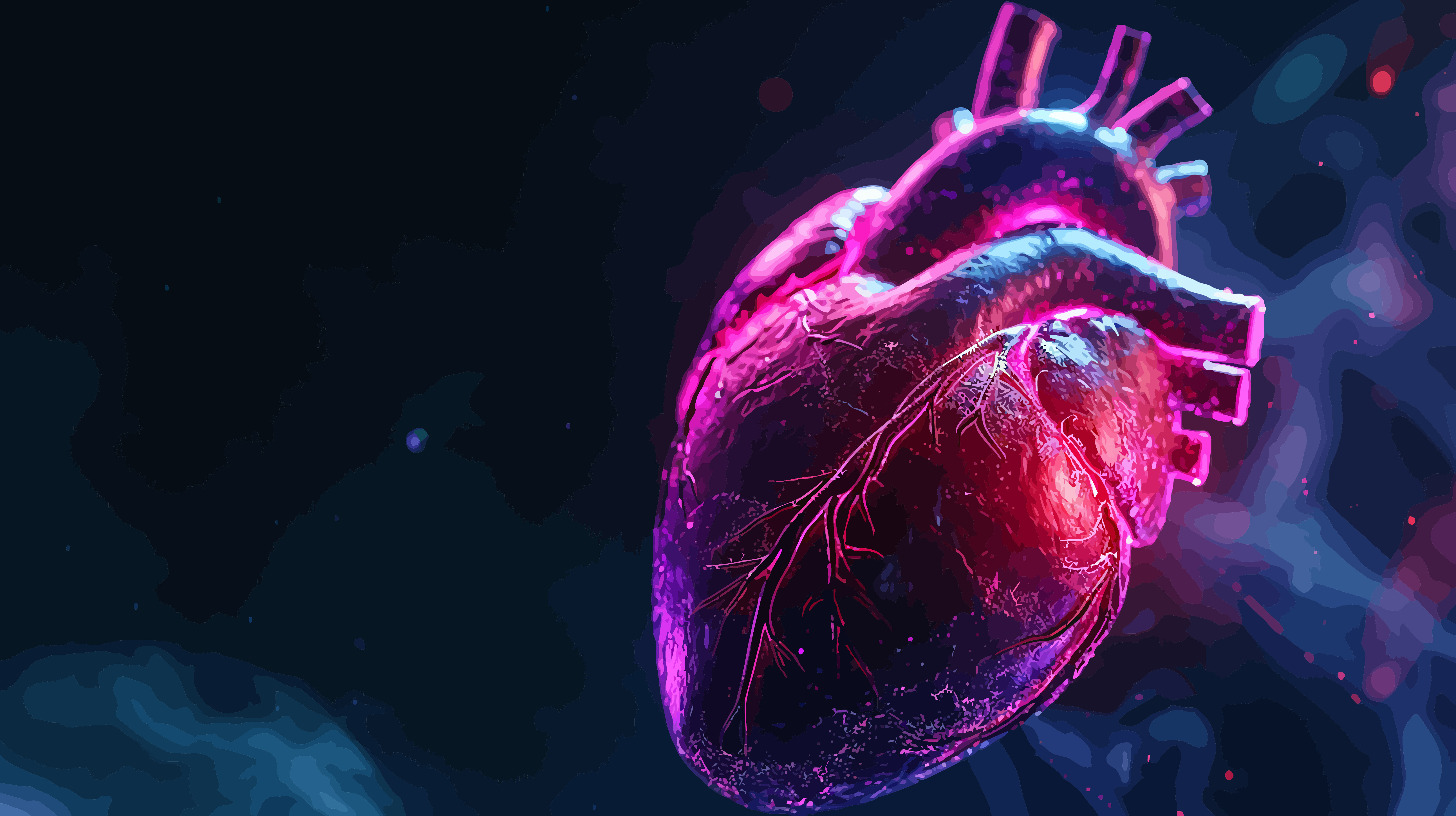3D bioprinting advances could speed creation of new organs

New 3D bioprinting process could help to save lives by making the creation of tissue-compatible artificially engineered organs quicker and easier.
University of Birmingham experts are leading the development of new ways for 3D bioprinting to improve health outcomes – potentially saving lives by reducing cost and speeding up the creation of tissue-compatible artificially engineered organs.
3D bioprinting has been used for this purpose for many years but has so far failed to match body tissue – leaving patients awaiting natural organ transplants, dependent on immunosuppressants and prone to infection, as well as increased risk of cancer.
Creating microfluidic tissue could overcome this issue but is currently expensive and labour-intensive to manufacture. Birmingham researchers, working with partners at the University of Huddersfield and Polytechnic University of Milan, have developed an agile manufacturing pipeline that could cut costs – making wider adoption more likely
Gowsihan Poologasundarampillai, Associate Professor in Biomaterials and Biomanufacturing at the University of Birmingham, commented: “Organ transplantation has saved many lives and millions of pounds for the UK’s NHS but, every day, four people in the UK die while on the waiting list.
“There is a dire need for artificially engineered organs and tissue grafts, that take successfully without the need for immunosuppression. Our breakthrough will help to speed wider adoption of microfluidic-based 3D bioprinting for fabrication of blood vessels, tissues and organs – helping to save lives across the UK and beyond.”
The new manufacturing pipeline combines additive manufacturing with innovative design approaches to simplify and advance high-value manufacturing, whilst reducing the production cost by few folds.
Advantages of our technology include rapid integration of modular microfluidic components such as mixers and flow-focusing capability, highlighting the flexibility and versatility of our approach.”
Dr Amirpasha Moetazedian, lecturer in Medical Engineering at University of Huddersfield commented: “Producing complex microfluidic devices at a fraction of the cost would open up new opportunities in a wide range of applications from tissue scaffolds, cell culture systems, body-on-a-chip devices, biochemical sensors and bio-catalysis.” Their paper is published in Advanced Healthcare Materials.
Birmingham researchers are also helping to drive forward related 3D-printing innovation within bone tissue engineering for in vitro modelling, which is becoming increasingly important in drug discovery and development of new therapies for bone diseases.
Their new review published in Advanced Materials focusses on using hydrogels and bioprinting in creating artificial stem-cell niches for in vitro bone tissue engineering models. It highlights the main interlinked barriers to bone tissue engineering, including difficulty in recapitulating the complex and dynamic bone architecture and organisation and delivering appropriate organ-level stimulation.
The review provides insights into how these barriers can be overcome with developments in hydrogel formulations and 3D bioprinting – specifically, the development of novel hydrogel formulations that combine biopolymers presenting natural biochemical signals with synthetic polymers.
link






